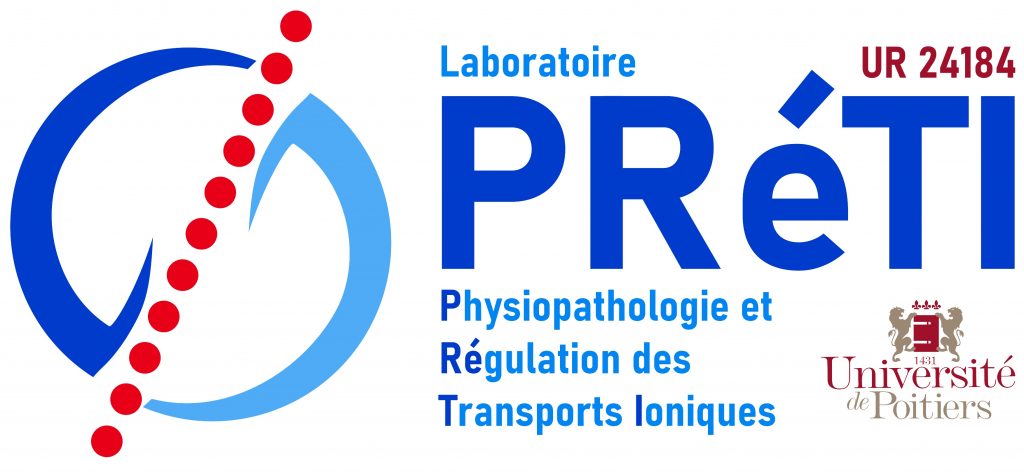Calcineurin activation improves cell survival during amino acid starvation in lipid droplet-deficient yeasts
Résumé
Lipid droplets (LD) are storage sites for neutral lipids that can be used as a source of energy during nutrient starvation, but also function as hubs for fatty acid (FA) trafficking between organelles. In the yeast Saccharomyces cerevisiae, the absence of LD causes a severe disorganization of the endomembrane network during starvation. Here we show that cells devoid of LD respond to amino acid (AA) starvation by activating the serine/threonine phosphatase calcineurin and the nuclear translocation of its target protein Crz1. This activation was inhibited by treatments that restore a normal endomembrane organization, i.e. inhibition of FA synthesis with cerulenin or deletion of the inhibitory transcription factor Opi1. Activation of calcineurin increased the lifespan of LD-deficient cells during AA starvation. Indeed, deletion of its regulatory or catalytic subunits accelerated cell death. Surprisingly, calcineurin activation appeared to be calcium-independent. An increase in intracellular calcium was observed in LD-deficient cells during AA starvation, but its inhibition by genetic deletion of MID1 or YVC1 did not affect calcineurin activity. In contrast, calcineurin activation required the direct regulator of calcineurin Rcn1 and its activating (GSK-3)-related protein kinase Mck1.
Fichier principal
 Calcineurin activation improves cell survival during amino acid starvation in lipid droplet-deficient yeasts.pdf (3.17 Mo)
Télécharger le fichier
Calcineurin activation improves cell survival during amino acid starvation in lipid droplet-deficient yeasts.pdf (3.17 Mo)
Télécharger le fichier
| Origine | Publication financée par une institution |
|---|---|
| licence |




